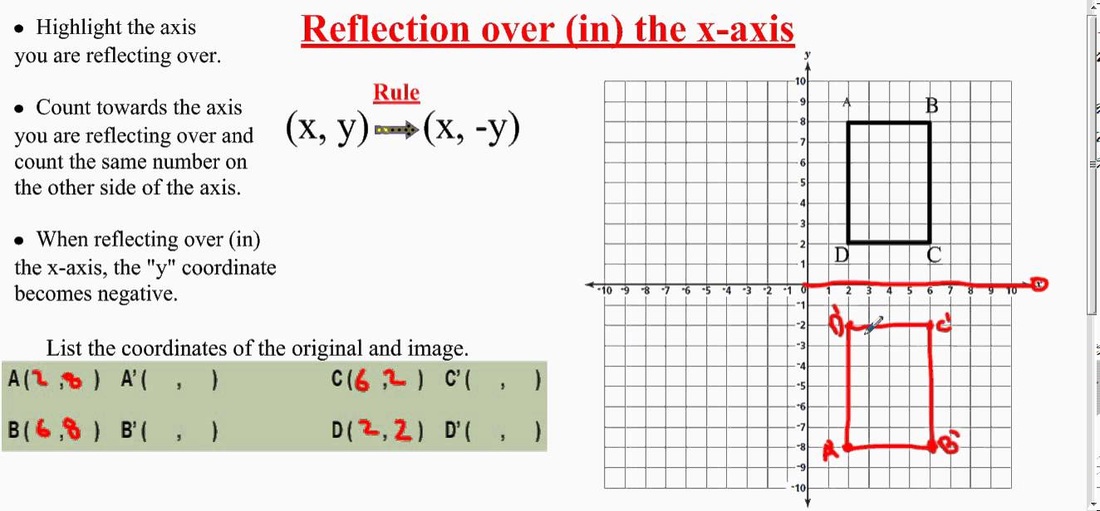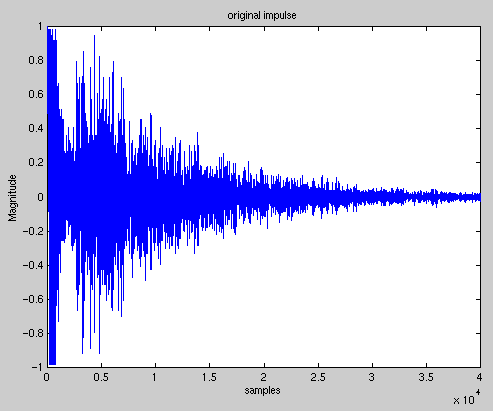

Some aspects of the Wayverb algorithm have already been tested in previous sections, and so do not require further testing here. Figure 1: The interface of the Wayverb program. The interface of the Wayverb program is explained in fig. Both waveguide modes allow the maximum waveguide frequency, and the oversampling factor, to be modified. It uses the wall absorption from each frequency band in turn, and then band-pass filters and mixes the results of each simulation to find the final output. The multi-band mode is therefore significantly slower, as it must run the waveguide process several times. These filters are able to model a given wall absorption with greater accuracy, but only when the wall absorption is constant across the spectrum. Tunable Waveguide: The waveguide has two modes: a single-band mode which uses the Yule-Walker method to estimate boundary filter parameters, and a multi-band mode which uses “flat” filters.

Therefore, lower image-source reflection depths are more physically plausible, as the simulation will switch to stochastic ray-tracing (which does account for scattering) sooner. The image-source model does not account for scattering. In the real world, the ratio of scattered to non-scattered sound energy will increase as the impulse response progresses. The desired image-source depth can also be varied from 0 to 10, although lower values are recommended. Higher quality values will lead to more accurate reverb tails, at the cost of longer processing times. Tunable Ray Tracer: The number of rays is controlled by a quality parameter, which defines the number of rays which are expected to intersect the receiver per histogram interval.Each unique material in the model may be assigned custom acoustic properties, consisting of multi-band absorption and scattering coefficients. Custom Materials: Wayverb reads unique material names from the loaded 3D model.

This produces a realistic stereo time-delay effect in the early-reflection portion of the output, aiding localisation. For HRTF simulations, the receiver position will be automatically adjusted during the image-source simulation, replicating the interaural spacing of a real pair of ears (see the Image Source Implementation subsection of the Microphone Modelling section). Multiple capsules at the same receiver require only a single simulation run, so multi-capsule receivers should be preferred over multiple receivers, wherever possible. Each capsule may model an ideal microphone, or an HRTF ear.
REVERB REFLECTION GRAPH SIMULATOR
The simulations are chosen to highlight the behaviour of the simulator with respect to parameters such as reverb time, frequency content, and early reflection times. This section describes the Wayverb program, and demonstrates some example simulation results.


 0 kommentar(er)
0 kommentar(er)
